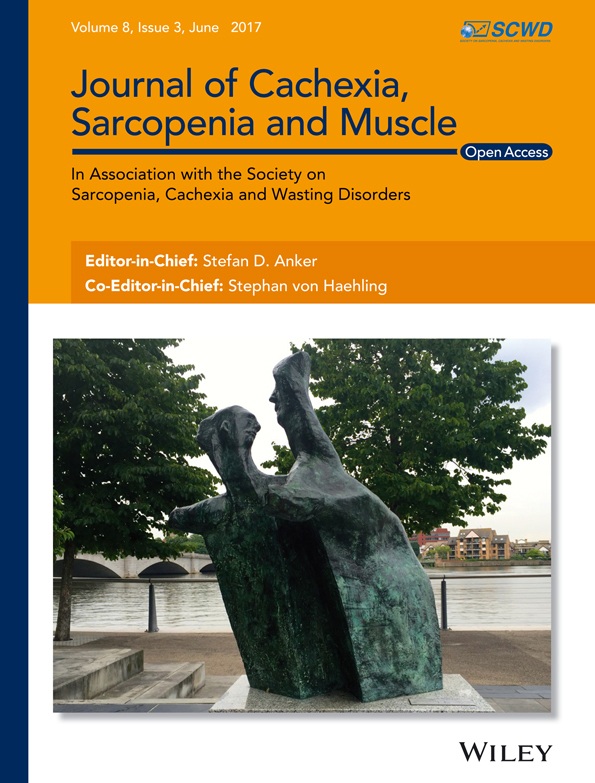Response letter: Management of statin-induced myopathies: Much demands and still (almost) empty hands!
We would like to kindly thank Finsterer and Frank for commenting on our review.1 The authors have argued our statement on the limited options available for patients with statin-induced myopathy (SIM) and suggested discontinuation of statin and adherence to a strict low-fat diet, drug switching from statins to other lipid-lowering agents, exercise, and supplementation with agents such as coenzyme Q10, vitamin D, allopurinol, and polyprenols as examples of several approaches that exist for the management of SIM. While all these suggested approaches sound mechanistically feasible, there are some important limitations from a clinical perspective that we would like to emphasize as reasons that have led us to conclude that the armamentarium for the treatment of SIM is deficient.
First, statins are by far the most effective treatment for hypercholesterolemia with robust evidence of lowering cardiovascular disease events and mortality in both primary and secondary settings.2 There is no comparable evidence for any non-statin agent indicating reduction of cardiovascular (CV) outcomes in monotherapy.2 This also applies to the emerging PCSK9 inhibitors, regardless of their still debated cost-effectiveness, based on the recently published Further Cardiovascular Outcomes Research With PCSK9 Inhibition in Subjects With Elevated Risk trial.3 For this reason, finding an equally effective alternative to statins, as suggested by Finsterer and Frank, is not feasible based on the current available evidence, and statin discontinuation, even in the presence of adherence to best lifestyle measures, does not provide sufficient benefit particularly in patients at a high or very high CV risk. Moreover, because statin intolerant patients are at the high risk of myocardial infarction and coronary revascularization procedures,4 there is a strong recommendation to avoid statin therapy discontinuation, and in fact in more than 90% SIM patients, statins can be still continued (usually at lower dose than indicated, in the combination therapy, as an alternate-day therapy).5 Several expert panels have indicated how to reduce the risk of statin intolerance and recommended strategies such as wash-out/statin re-challenge, use of an alternative statin, dose reduction and intermittent dosing to keep the patient on statin therapy as far as possible before stopping statin or switching to a non-statin agent.5 With respect to the suggestion on supplementation with agents such as coenzyme Q10, vitamin D, allopurinol, and polyprenols, clinical data are still premature, scarce or controversial, and therefore such management cannot be still justified. For instance, two systematic reviews and meta-analyses of prospective clinical studies failed to show any benefit of supplementation with coenzyme Q106 or vitamin D7 in improving SIM. Taking these issues into consideration, we still believe that alternatives to statin therapy in patients with SIM, particularly those at a high CV risk, are limited. We have been also waiting for PCSK9 inhibitors to be commonly reimbursed and available for statin intolerant patients, as well as for other new drugs with the therapy potential in this group of patients—such as bempedoic acid.8 It also seems that some nutraceuticals might be useful in these patients as a part of combination therapy.9 As mentioned in our review, curcumin possesses several advantages that makes it a potential adjunct to statin therapy; these include safety (as approved by the US Food and Drug Administration), analgesic effects, mitigation of oxidative stress, and improvement of mitochondrial dysfunction, mitophagia, muscular atrophy, and muscle fibre regeneration.1 These myriad of beneficial effects may offer an opportunity to increase the compliance of statin-treated patients with SIM in whom the risk to benefit trade-off weighs in favour of statin continuation as pointed earlier. An ancillary benefit of curcumin supplementation is its positive effects on CV risk profile—including reduction of plasma triglyceride levels and enhancement of high-density lipoprotein functionality10, 11—which further justifies the additive/synergistic benefit of co-administering curcumin with statins.
Finally, we would again like to stress out that our viewpoint on the utility of curcumin in patients with SIM only reflects a potential based on the several molecular mechanisms that needs to be tested in the context of well-designed randomized controlled trials.
Acknowledgements
The authors certify that they comply with the ethical guidelines for authorship and publishing of the Journal of Cachexia, Sarcopenia and Muscle.12




